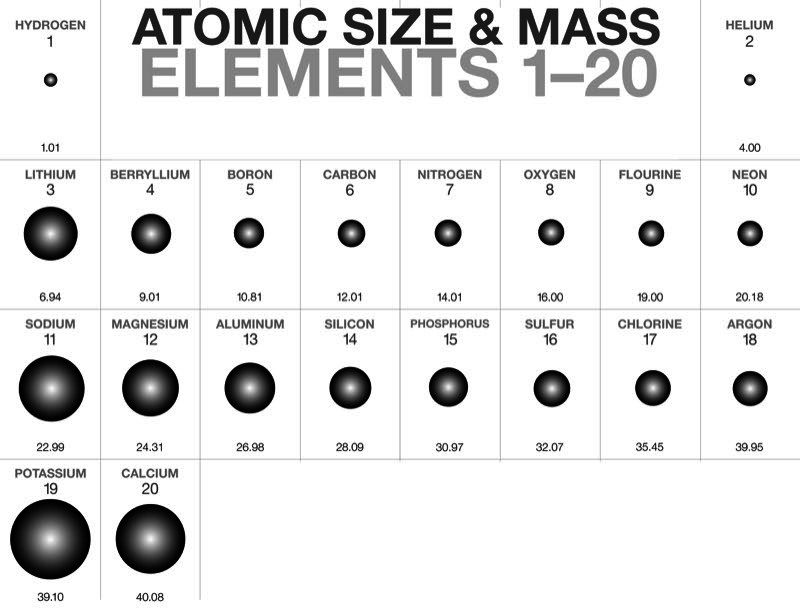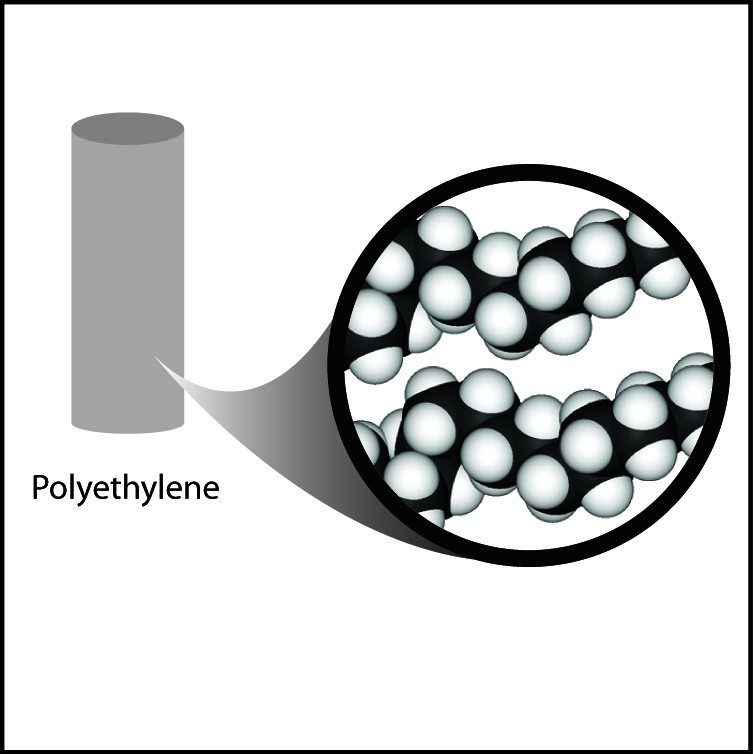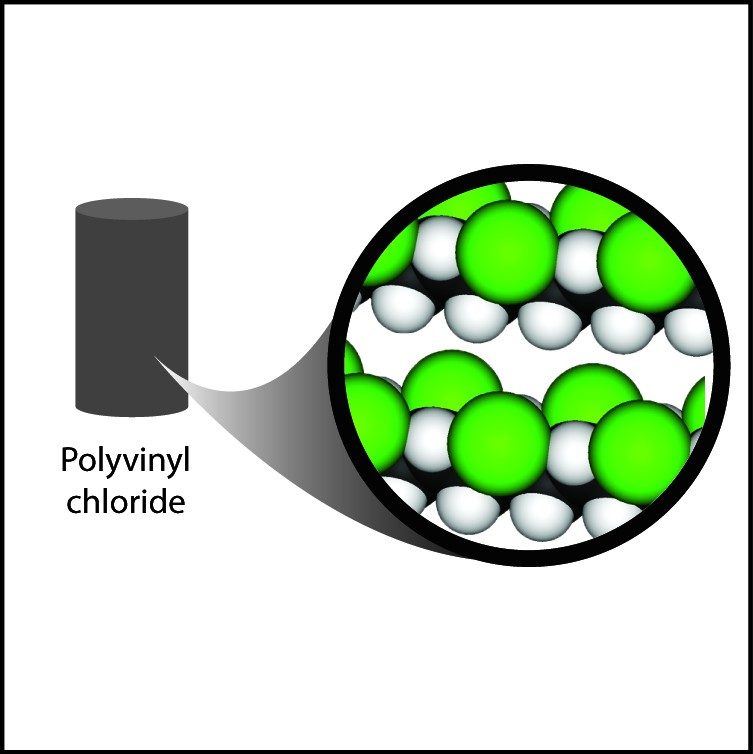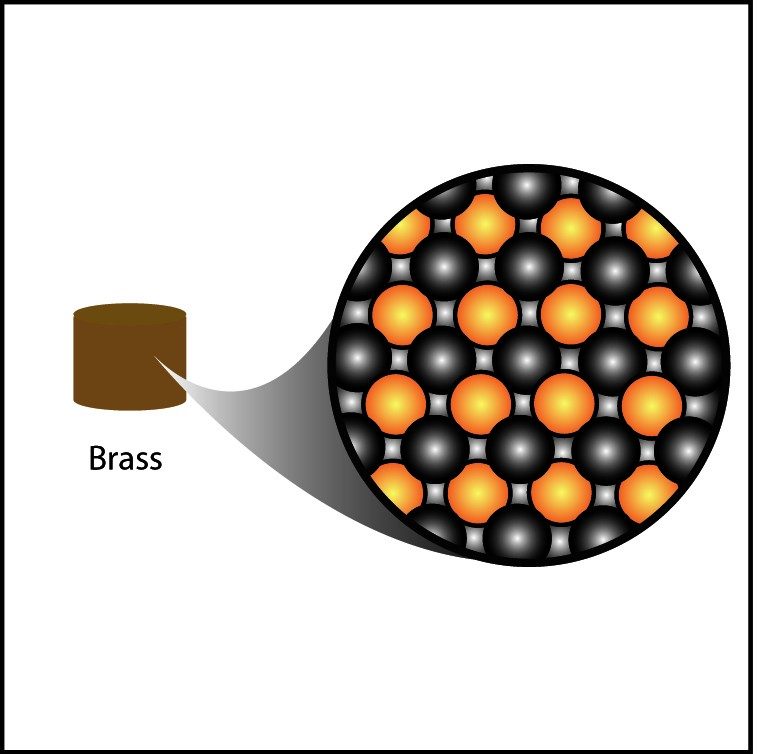Lesson 3.2: Finding Volume—The Water Displacement Method
Accompanying Lesson Plan: Lesson 3.2: Finding Volume—The Water Displacement Method
Interactive
Water Displacement
- Volume is a measure of the amount of space an object takes up. When a cylinder is submerged in the water it pushes water out of the way. If you measure the amount the water level increases, you can find the volume of the water pushed out of the way.
- Milliliters are equivalent to cm3.
- Mass is measured in grams.
- The units for density will be g/cm3.
Image
Atomic Size and Mass
- The chart shows that atomic size and mass for the first 20 elements in the periodic table.
- The size of the atoms and their mass has a lot to do with the density of the substance
- Another factor is how the atoms are arranged in the substance.
Image
Polyethylene
- Polyethylene is made up only of carbon and hydrogen atoms. The mass of carbon is pretty low. The mass of hydrogen is the lowest of all the atoms.
- These low masses help explain why polyethylene has a low density.
- Another reason is that these long skinny molecules are loosely packed together.
Image
Polyvinyl Chloride
- Polyvinyl chloride is made up of carbon, hydrogen, and chlorine atoms.
- If you compare polyvinyl chloride to polyethylene, you will notice that there are chlorine atoms in some places where there are hydrogen atoms in the polyethylene.
- Looking at the chart, chlorine has a large mass for its size.
- Therefore, polyvinyl chloride is more dense than polyethylene.
Image
Brass
- Brass is a combination of copper and zinc atoms. Copper and zinc are both heavy for their size. They are also packed very closely together.
- For these reasons, brass is more dense than either polyethylene or polyvinyl chloride.




